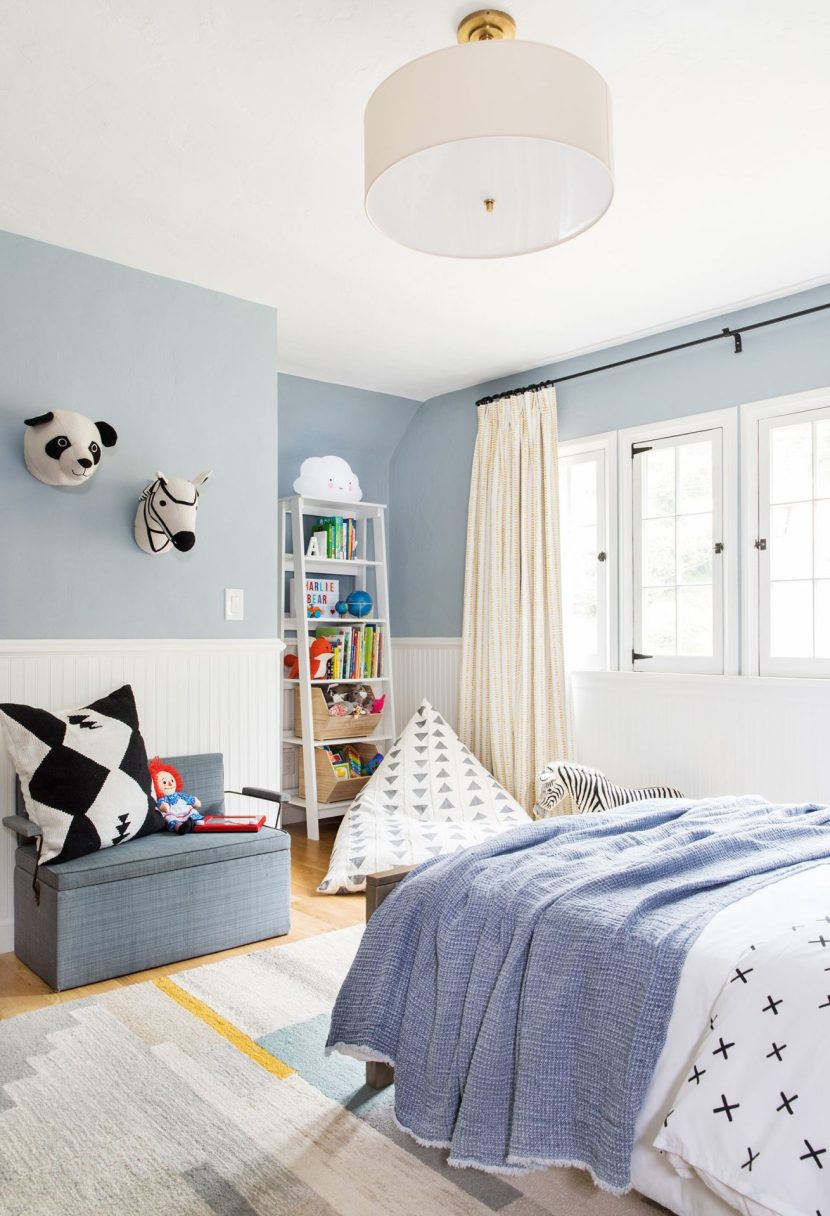Kids Rooms Inspo You Should Learn From
Decorating a kid’s bedroom is a delightful journey that goes beyond selecting furniture and colors. It’s about creating a space that is not only visually appealing but also functional, safe, and nurturing for your child’s growth and imagination. Here’s a deeper dive into the art of designing a perfect bedroom for your child, encompassing the essential choices and considerations.
Understanding Your Child’s Needs and Preferences
The first step in decorating a kid’s room is understanding your child’s personality, interests, and needs. Engage your child in the planning process to make them feel involved and heard. This will not only help you create a space they love but also foster their creativity and decision-making skills.
Age-Appropriate Design
Infants and Toddlers: For the youngest ones, safety is paramount. Opt for soft, rounded furniture to avoid sharp edges. Use non-toxic paints and materials. Create a soothing environment with gentle colors and soft lighting. Storage should be within reach to encourage independence, and floor space should be ample for crawling and playing.
Preschoolers: At this stage, children are curious and imaginative. Incorporate vibrant colors and playful themes. Consider multifunctional furniture like a bed with storage underneath. Include educational elements like alphabet decals, counting charts, or a small bookshelf with their favorite stories.
School-Age Children: For school-age kids, a balance between play and study is essential. Create a designated study area with a comfortable chair and a desk at an appropriate height. Personalize the room with their hobbies and interests, such as a reading nook, a sports corner, or an art station.
Tweens and Teens: As children grow older, their room becomes a personal sanctuary. Allow them to express their individuality through decor choices. Incorporate a more sophisticated design that can evolve with their changing tastes. Adequate storage for their growing collection of books, clothes, and hobbies is crucial.
Thematic and Color Choices
Choosing a theme or color palette sets the tone for the entire room. Themes can range from whimsical (like outer space or underwater adventures) to more subtle ones (such as a nature-inspired room with earthy tones).
Color Psychology
Colors have a significant impact on mood and behavior. Here are some tips on selecting colors for your child’s room:
- Blue: Calming and soothing, perfect for creating a tranquil sleeping environment.
- Yellow: Bright and cheerful, stimulating creativity and energy.
- Green: Balanced and refreshing, promoting a sense of calm and concentration.
- Purple: Associated with creativity and luxury, ideal for a touch of elegance and imagination.
- Red: Energizing and stimulating, best used as an accent rather than a dominant color to avoid overwhelming the space.
Functional Furniture and Layout
The layout and furniture in a kid’s room should be practical and adaptable to their growing needs.
Bed Choices
Consider the following options:
- Crib to Bed Conversions: Convertible cribs can transform into toddler beds, extending their usability.
- Bunk Beds: Great for shared rooms or sleepovers, saving space while adding an element of fun.
- Loft Beds: These elevate the bed, freeing up space underneath for a desk, play area, or storage.
Storage Solutions
Kids accumulate a lot of stuff, from toys to books to clothes. Efficient storage solutions keep the room organized and clutter-free.
- Built-In Shelving: Maximizes vertical space and keeps essentials within reach.
- Under-Bed Storage: Drawers or bins under the bed are perfect for storing toys or seasonal clothing.
- Multi-Functional Furniture: Pieces like ottomans with storage or beds with drawers help keep the room tidy without sacrificing style.
Personal Touches and Decor
Adding personal touches makes the room truly special. Here are some ideas:
- Wall Art: Murals, decals, or framed artwork can reflect your child’s interests and add character to the room.
- DIY Projects: Crafting decor items together, like painting picture frames or creating a collage, adds sentimental value.
- Textiles: Rugs, curtains, and bedding in patterns and colors that your child loves can tie the room together.
Creating a Safe and Healthy Environment
Safety is a non-negotiable aspect of a kid’s room. Ensure furniture is sturdy and anchored to the walls to prevent tipping. Use cordless blinds or curtains to avoid strangulation hazards. Regularly check for and repair any wear and tear.
Healthy Materials
Opt for eco-friendly and non-toxic materials. Choose furniture made from sustainable wood, and use VOC-free paints. Ensure adequate ventilation and natural light to create a healthy living environment.
Sample Kids Bedroom Decor Inspo
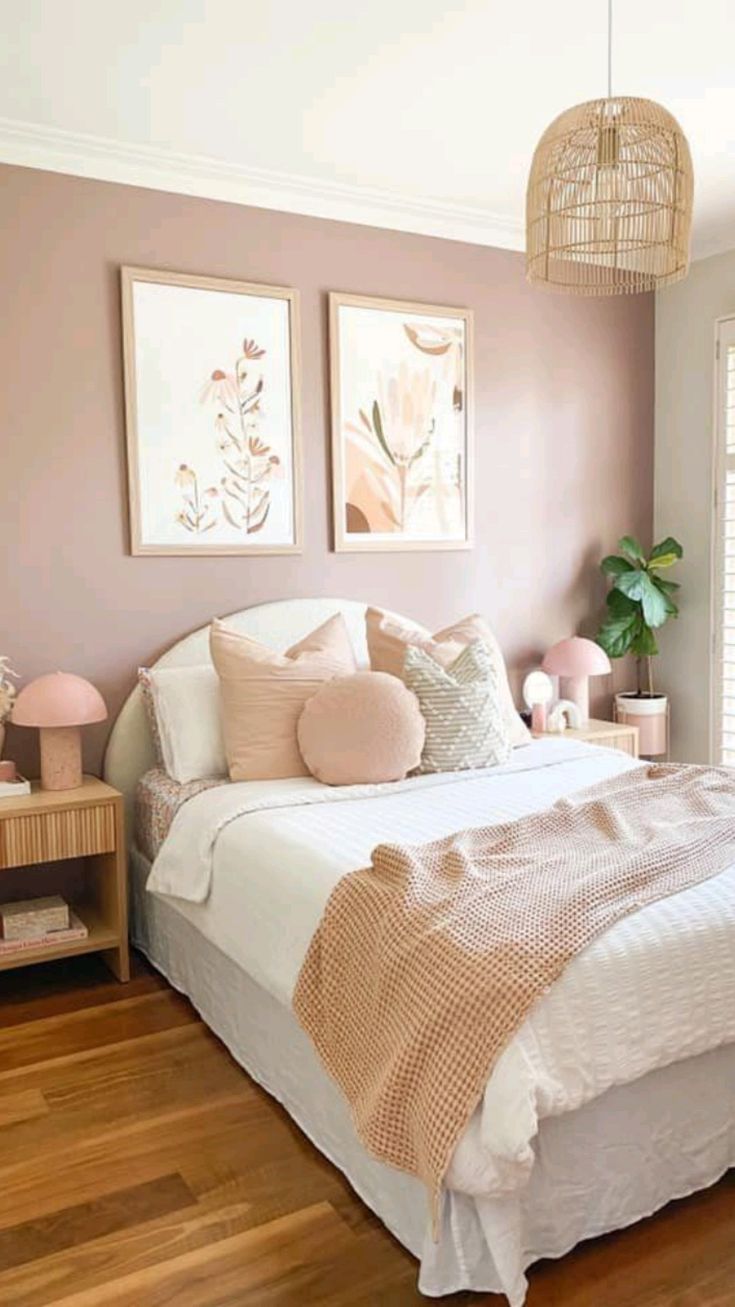

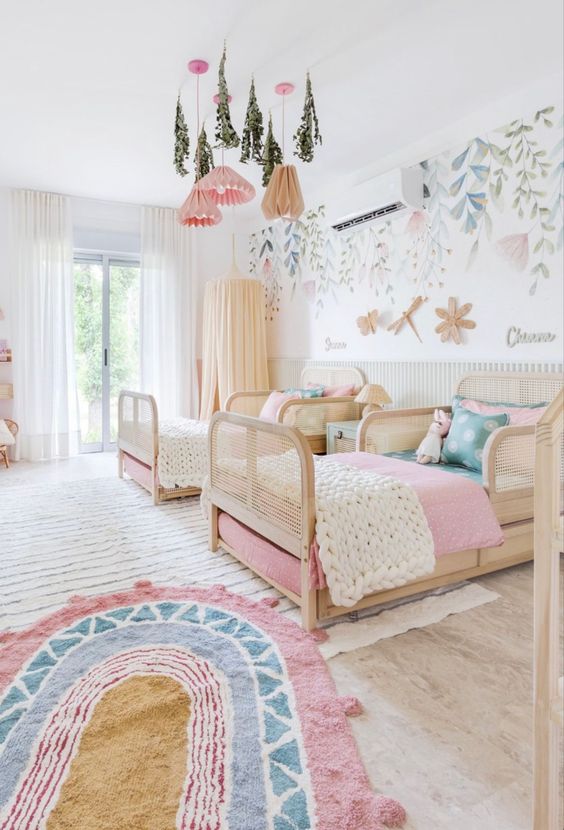
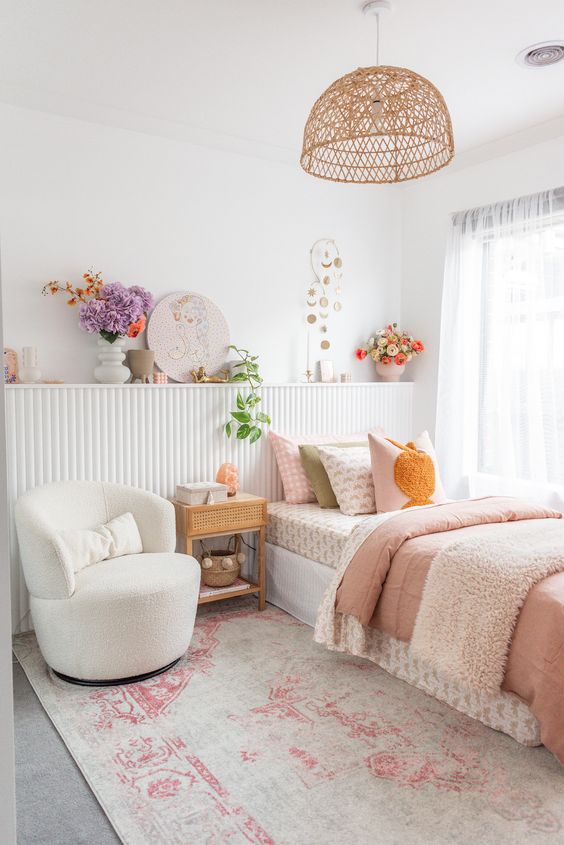


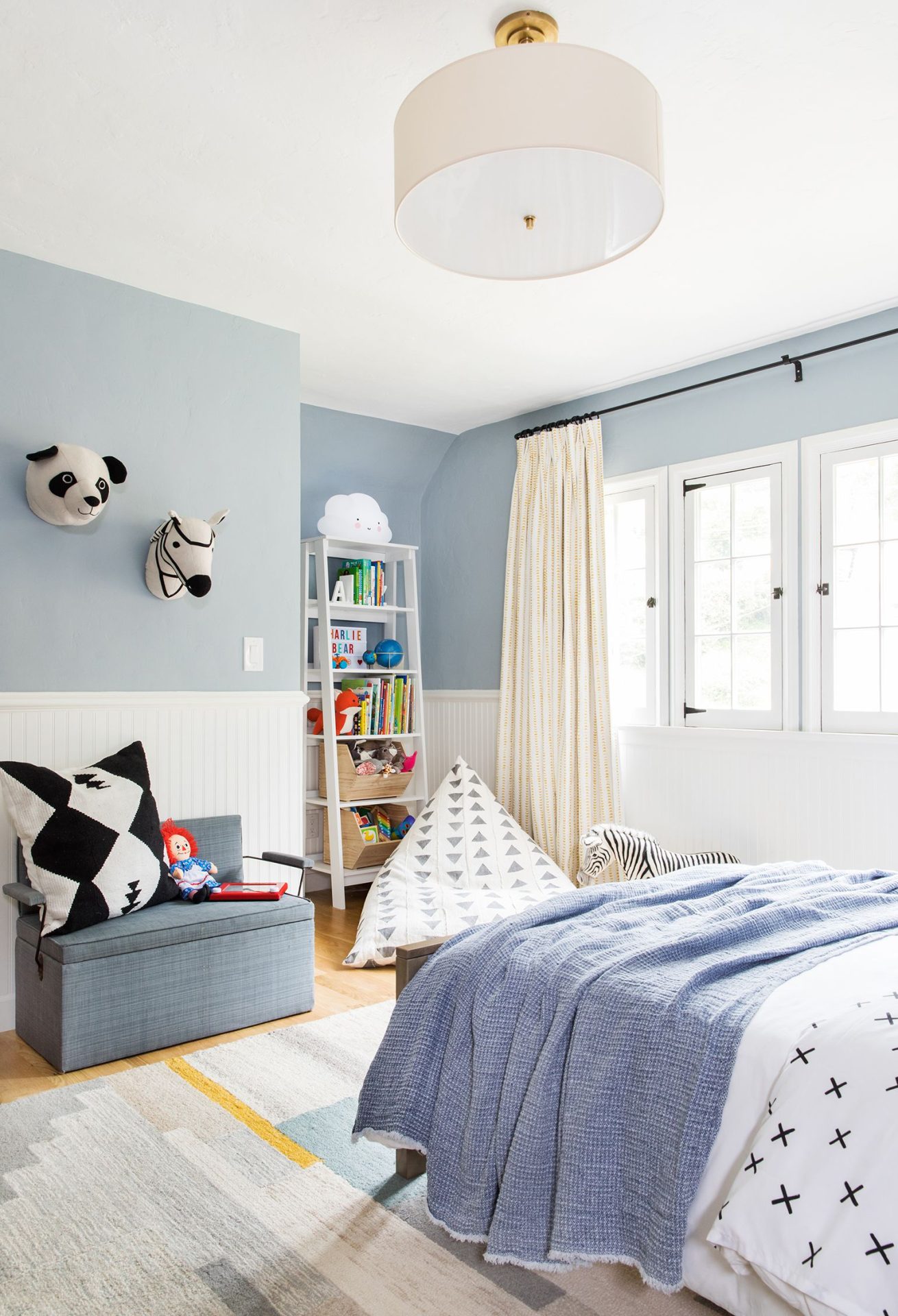
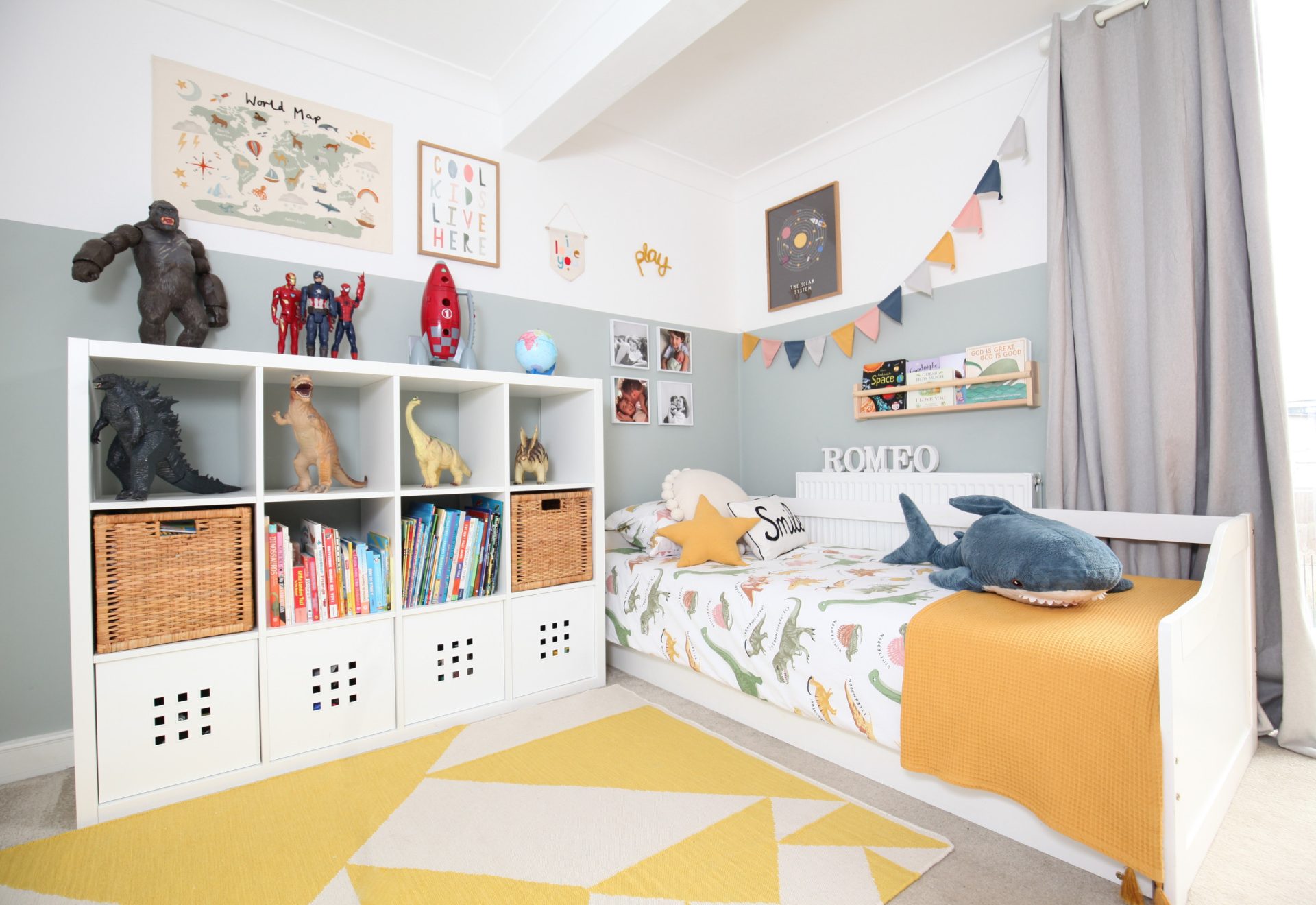
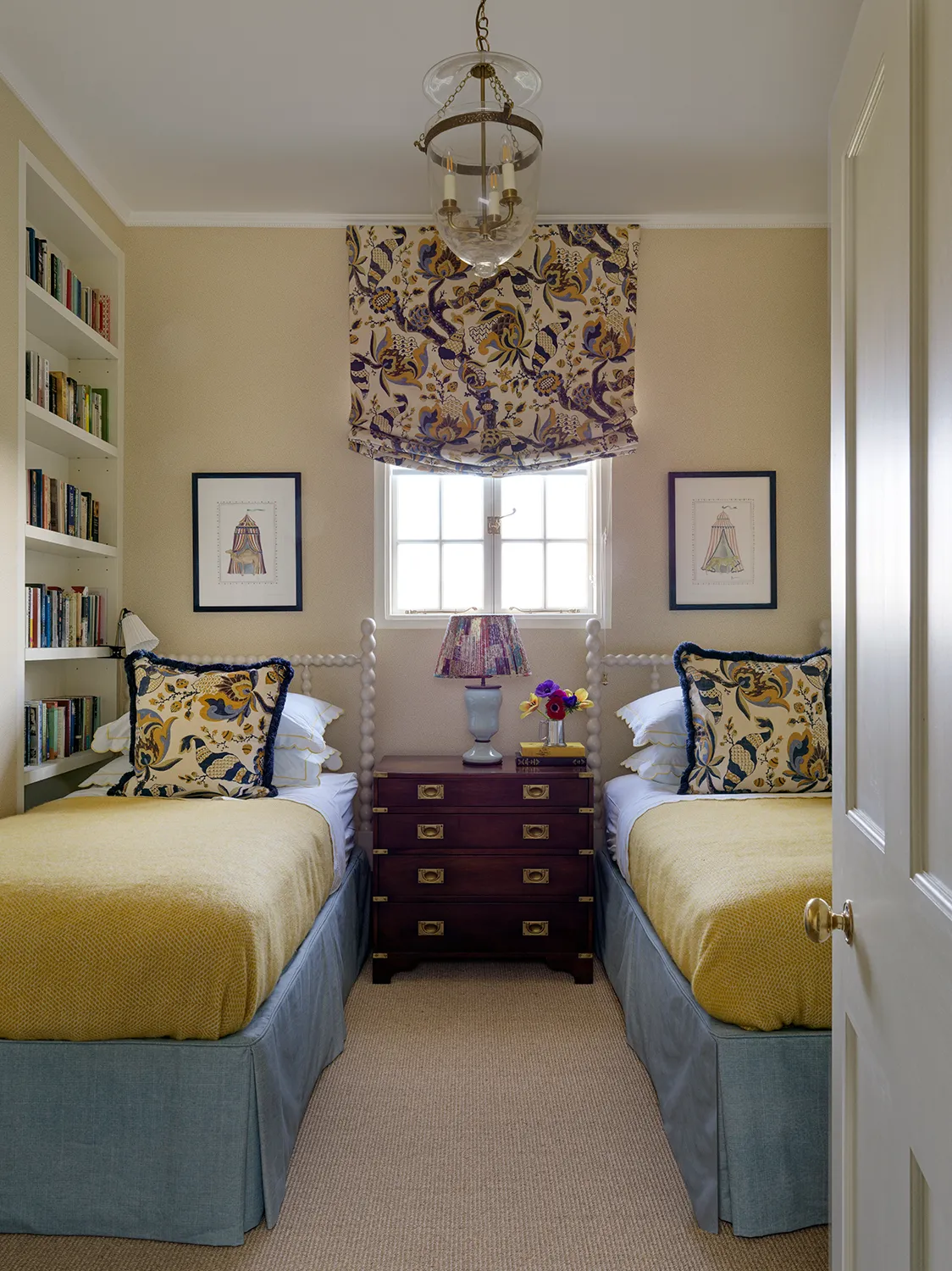

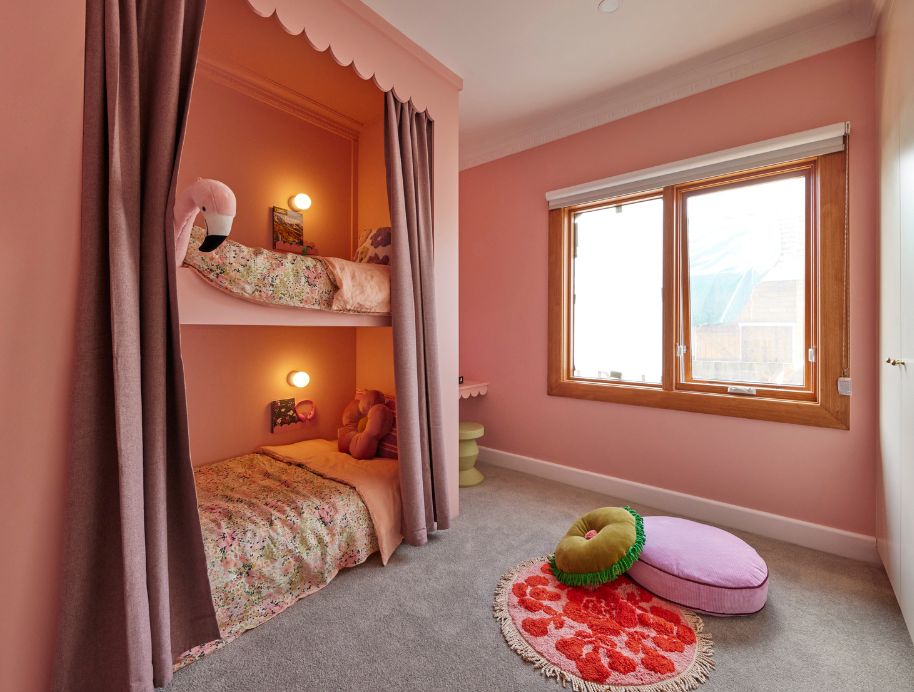

Conclusion
Decorating a kid’s room is an opportunity to blend creativity, functionality, and safety to create a space where your child can grow, play, and dream. By understanding your child’s needs, selecting appropriate themes and colors, incorporating functional furniture, and adding personal touches, you can craft a room that not only meets their current needs but also evolves with them over time. Remember, the ultimate goal is to create a space that your child will cherish and enjoy spending time in.

